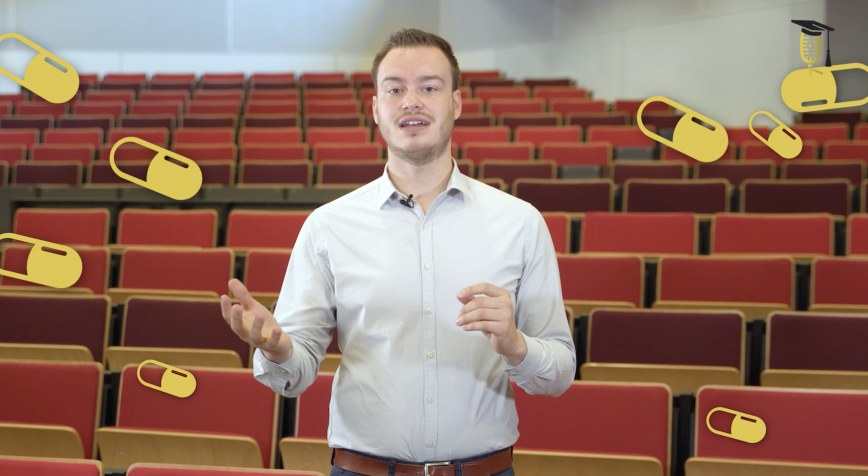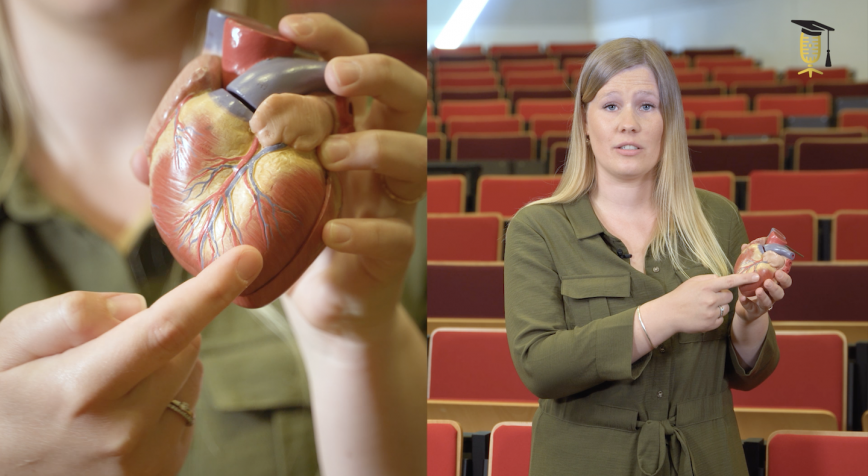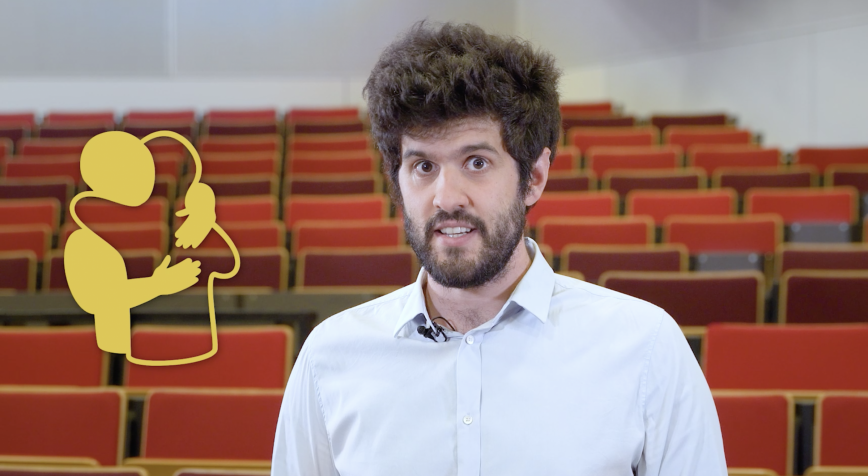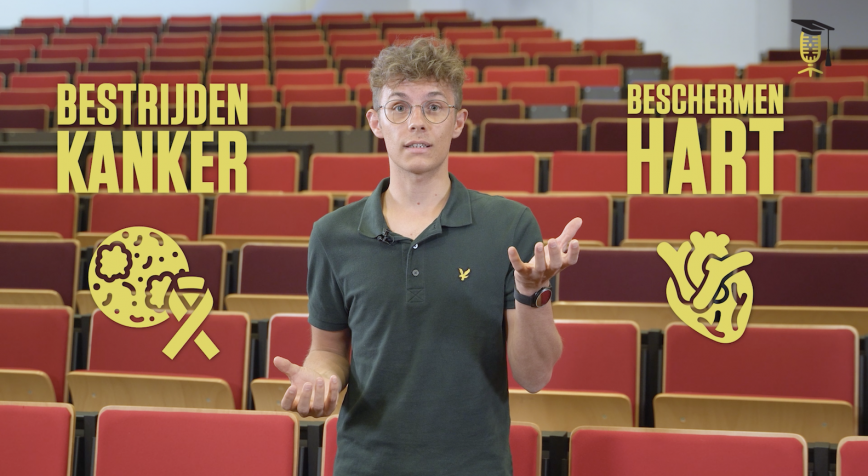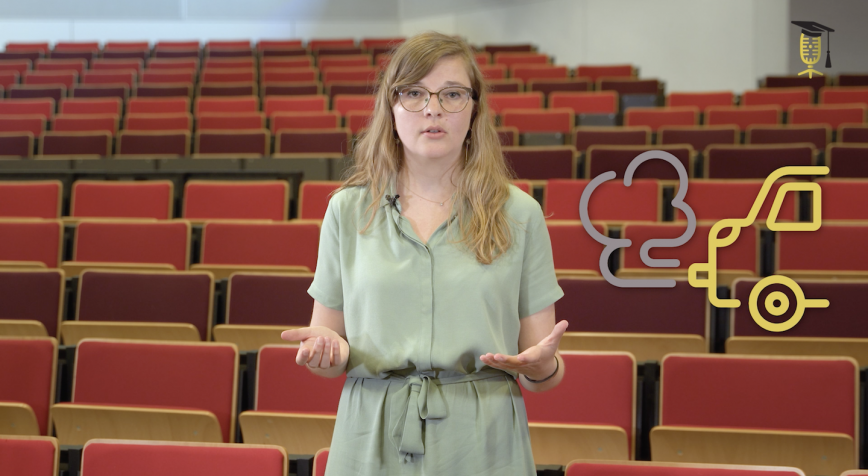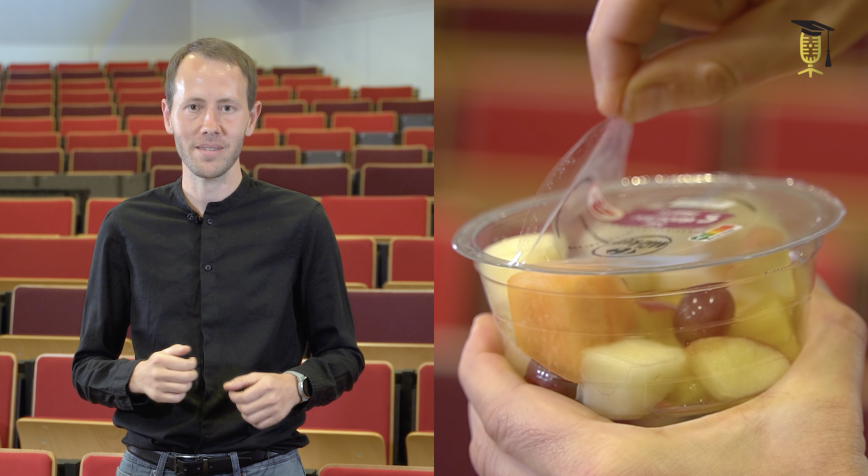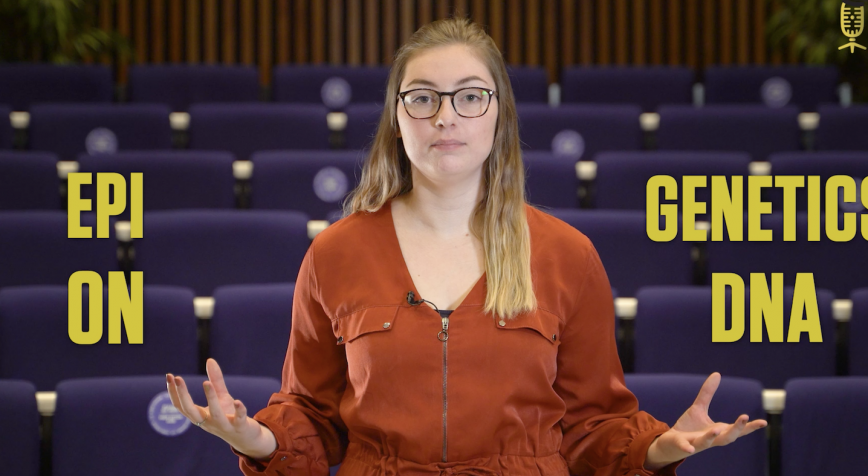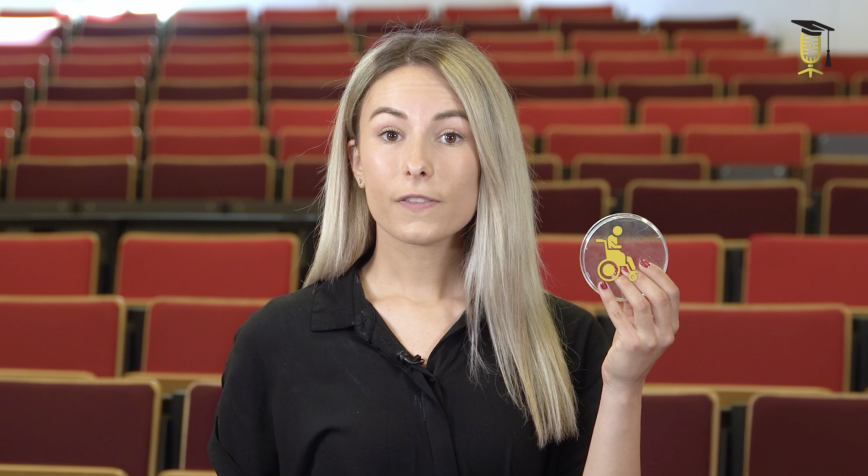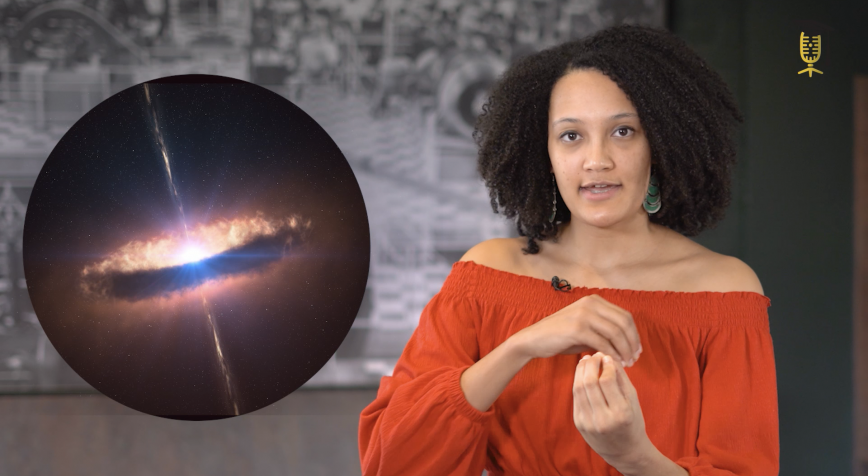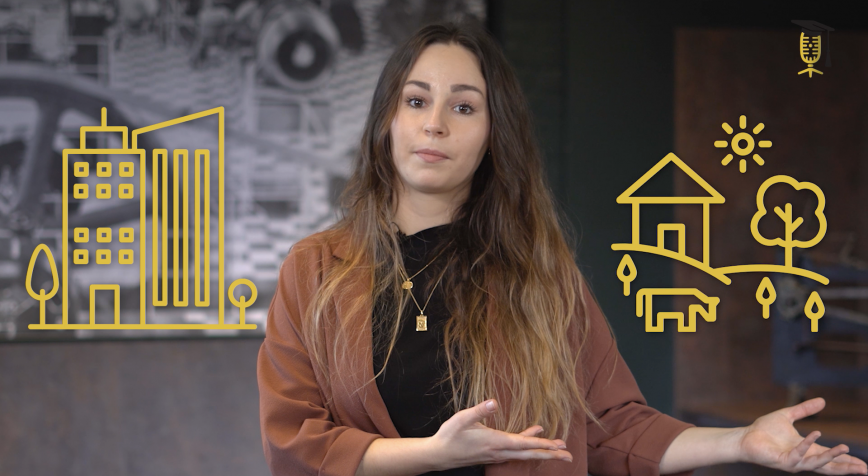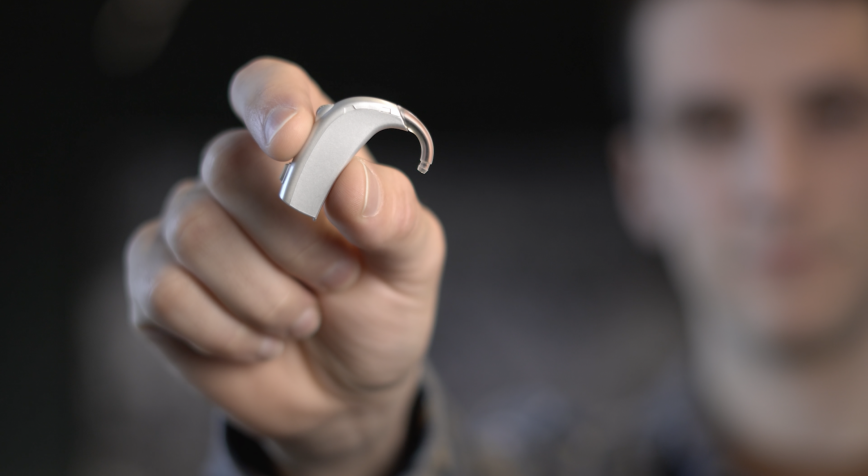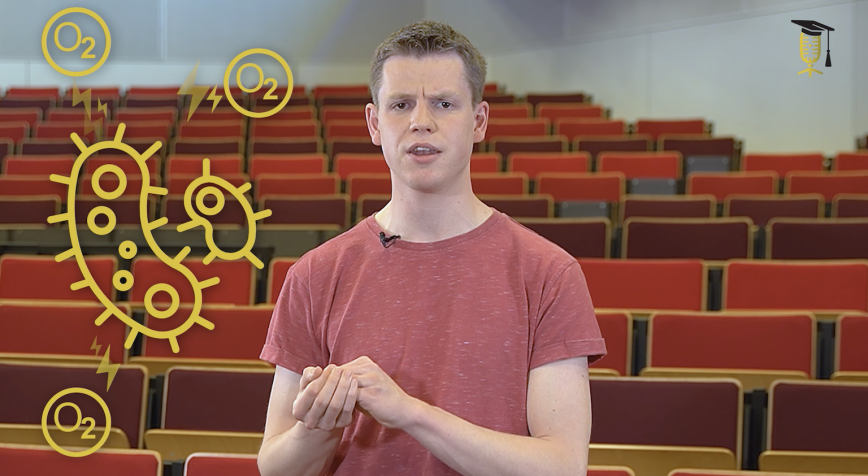
UHasselt
Can bacteria reduce electronic waste?
In 2012, scientists found interesting bacteria in the mud of the North Sea. Further investigation showed that these bacteria conduct electricity, just like power cables. But how exactly do these bacteria do this? And does this offer potential for more clean electronics? This is what Koen Wouters (UHasselt) and his colleagues are investigating.
